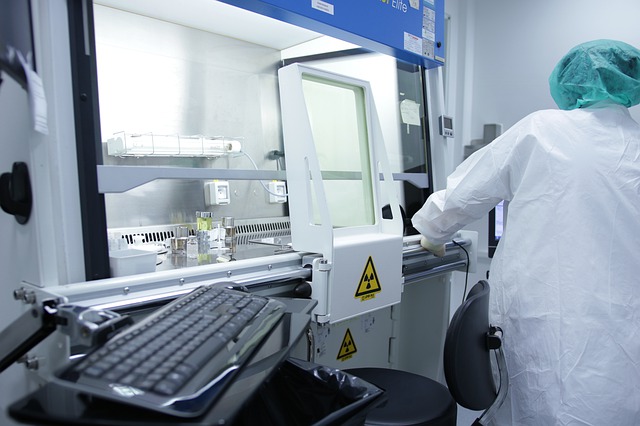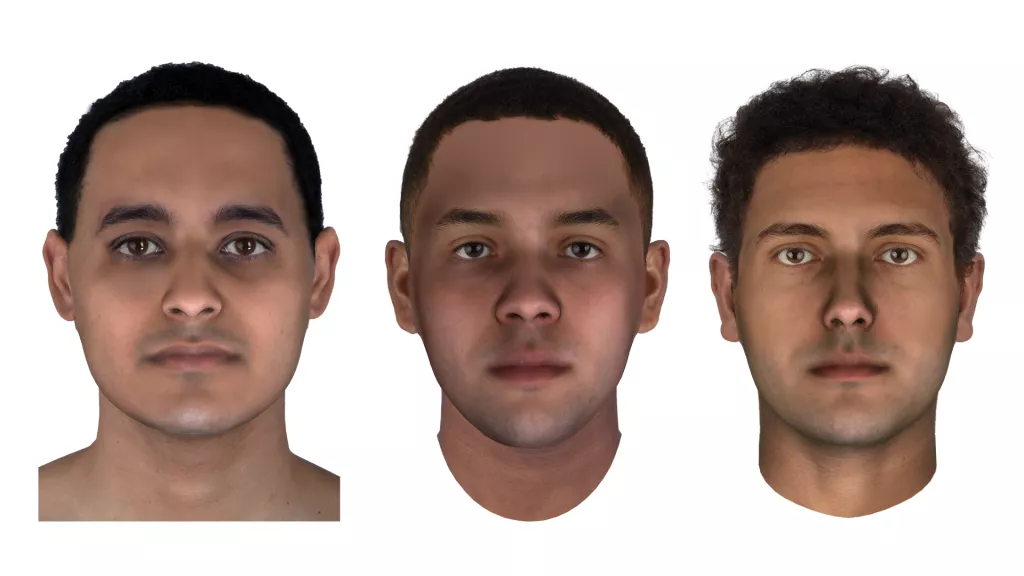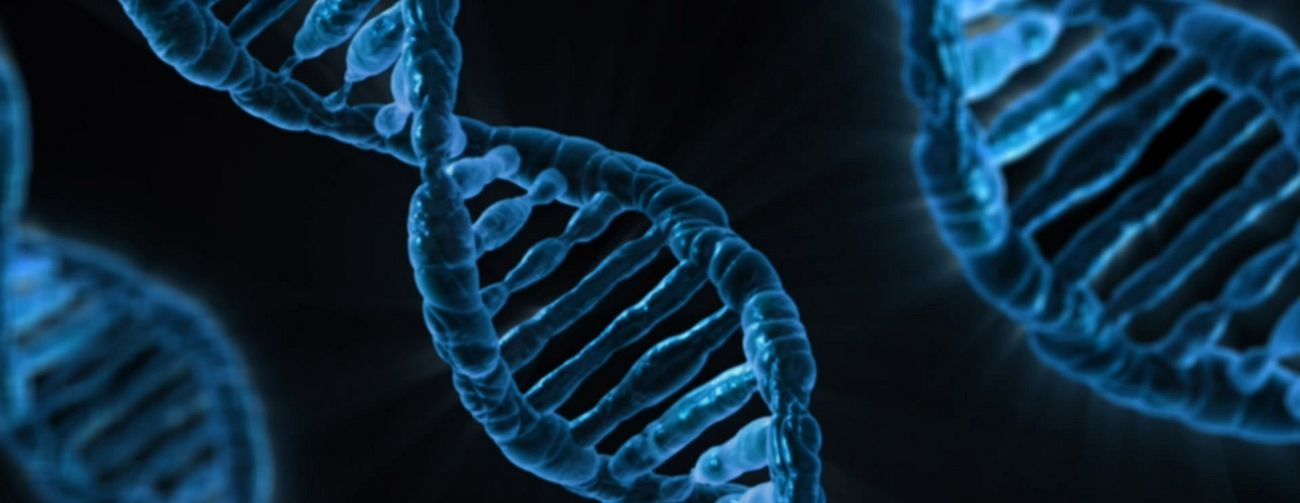A confirmatory test is a specialized and highly accurate analytical procedure conducted after a preliminary screening or presumptive test to definitively identify a substance or compound.
A confirmatory test is a specific type of test conducted in various scientific and analytical fields, especially in areas like forensic science, drug analysis, and medical diagnostics. It is performed after a preliminary screening or presumptive test and is designed to identify a substance to the exclusion of all others definitively. Here are some critical points about confirmatory tests:
- Purpose: The primary purpose of a confirmatory test is to provide a highly accurate and specific identification of a substance. It is used to confirm the presence of a particular compound or substance in a sample.
- Exclusionary Nature: Confirmatory tests are structured to identify the substance of interest uniquely. They should be able to rule out the possibility of other substances producing similar results, thereby minimizing false positives.
- AccuracyIn scientific and measurement contexts, "accuracy" refers to the degree of proximity or closeness between a measured value and the true or actual value of the measured quantity. Accuracy indicates how well a measurement reflects the correct value. Here are key points about accuracy: • True Value: Accuracy assesses how closely a measurement or reading corresponds to the true, known, or accepted value of the quantity being measured. It is a measure of correctness.
• Error Measurement: The degree of accuracy is often expressed in terms of measurement error, which is the difference between the measured value and the true value. An accurate measurement has a minimal error.
• High Accuracy: A measurement or instrument is considered highly accurate when its readings are very close to the true value, with minimal or negligible error.
• Precision vs. Accuracy: Accuracy should not be confused with precision. Precision relates to the reproducibility and consistency of measurements. While accuracy addresses correctness, precision addresses how closely repeated measurements agree with each other.
• Example: If a laboratory balance measures the weight of a sample as 4.55 grams, and the actual weight of the sample is indeed 4.55 grams, the measurement is considered accurate.
• Error Sources: Errors in measurements can arise from various sources, including instrument calibration, environmental conditions, operator technique, and inherent limitations of the measurement device.
• Accuracy Assessment: To assess accuracy, calibration processes and standardization procedures are often employed to ensure that measurement instruments are correctly aligned with known reference standards.
• Quantitative Evaluation: Accuracy can be quantitatively evaluated by calculating the absolute or relative error, which expresses the difference between the measured value and the true value as a percentage or a fraction.
• Importance: In scientific research, quality control, manufacturing, and various fields, accuracy is essential for making informed decisions, ensuring product quality, and achieving reliable and credible results.
• Measurement Instruments: The accuracy of measurement instruments is a critical consideration in fields such as metrology, engineering, chemistry, and physics, where precise and accurate measurements are vital.
• Verification and Validation: To ensure the accuracy of measurements and instruments, verification and validation processes are often carried out, including testing and comparing results against reference standards.
In summary, accuracy in measurement refers to the degree of closeness between a measured value and the true or actual value of the quantity being measured. It is a fundamental concept in scientific research, quality control, and various industries where precise and reliable measurements are essential for making informed decisions and ensuring the quality and integrity of processes and products. More and Reliability: These tests are known for their accuracy and reliability. They are considered the gold standard for substance identification due to their high specificity and precision. - Expensive and Time-Consuming: Confirmatory tests are often more expensive and time-consuming compared to preliminary screening or presumptive tests. They typically involve complex and specialized instrumentation and may require highly trained personnel to perform.
- Use After Presumptive Tests: Confirmatory tests are usually conducted only when a preliminary screening or presumptive test yields positive results. The purpose of the initial test is to provide a quick and cost-effective indication of the presence of a substance, while the confirmatory test ensures accuracy.
- Examples: In the field of drug analysis, gas chromatography/mass spectrometry (GC/MS) is a common example of a confirmatory test. It can precisely identify the chemical composition of a drug or substance in a sample. DNADNA, or Deoxyribonucleic Acid, is the genetic material found in cells, composed of a double helix structure. It serves as the genetic blueprint for all living organisms. More analysis is another example of a confirmatory test used to identify individuals based on their genetic profiles in forensic science.
- Legal and Scientific Significance: Confirmatory tests often play a critical role in legal proceedings, where the accuracy of the results can have significant implications for criminal or civil cases. They are considered more reliable for presenting evidence in court.
- Quality Control: Confirmatory tests are crucial in various industries’ quality control and assurance processes, ensuring that products meet specified standards and criteria.
A confirmatory test is a specialized and highly accurate analytical procedure conducted after a preliminary screening or presumptive test to identify a substance or compound definitively. These tests are essential for ensuring the reliability of results in fields where precision and specificity are paramount, even though they may be more resource-intensive in terms of time and cost.




